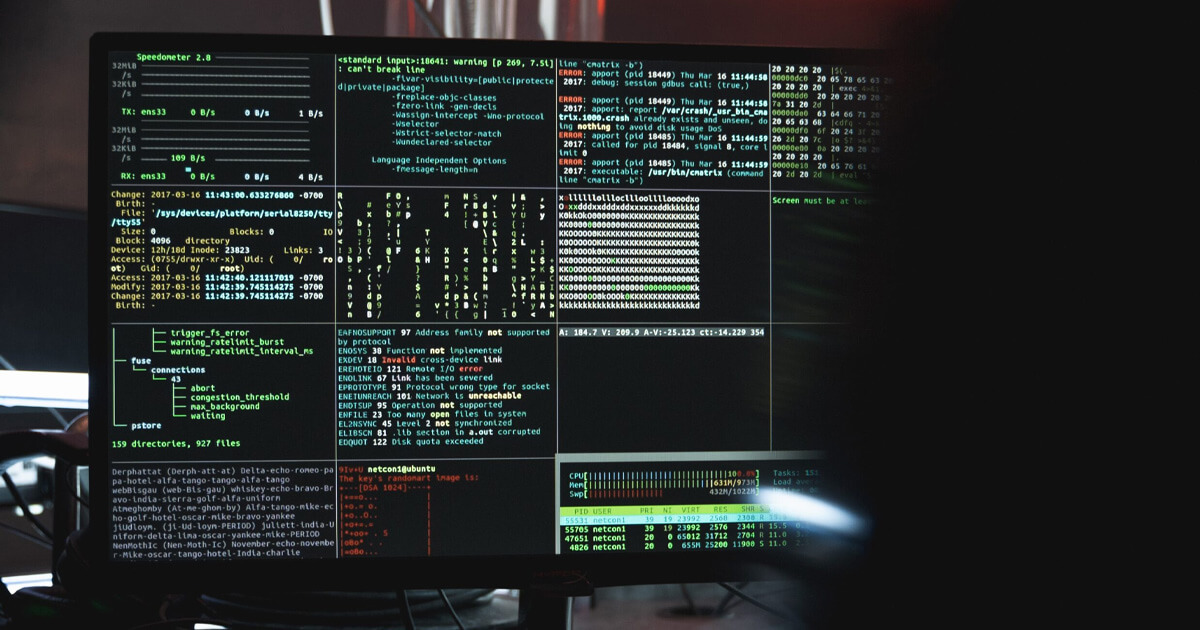In an increasingly interconnected world, the convenience and efficiency of essential services have become integral to our daily lives. From electricity and water supply to healthcare and transportation systems, these services form the backbone of modern society. However, there’s an invisible threat looming over them – the ever-growing risk of cyberattacks. As we rely more heavily on technology to deliver these services, the potential for disruption and chaos becomes a very real concern. It’s time to shed light on this looming danger and explore how cybersecurity companies are our safeguard against these threats.
Essential services, once mostly reliant on manual operations, are now heavily digitized and interconnected. This connectivity offers unprecedented convenience and efficiency but also opens the door to malicious actors seeking to exploit vulnerabilities. Cyberattacks can disrupt power grids, compromise medical records, cripple transportation systems, and more. The recent surge in high-profile cyber incidents has demonstrated that no sector is immune, and the consequences can be devastating.
Imagine a city suddenly plunged into darkness due to a cyberattack targeting its power grid. Hospitals struggle to maintain life-saving operations, transportation grinds to a halt, and communication systems falter. The interconnectedness of essential services amplifies the ripple effects of such attacks. Hospitals depend on electricity, which in turn relies on fuel distribution and communication networks. This domino effect showcases the intricate web of dependencies we often overlook.
The battle against cyber threats is fought on many fronts, with cybersecurity companies at the forefront. These specialized firms dedicate themselves to staying one step ahead of cybercriminals. They develop sophisticated tools, strategies, and technologies to protect critical infrastructure and essential services from attacks.
One of the key ways cybersecurity companies combat threats is through innovation. They develop advanced threat detection systems that can identify abnormal activities in real time, allowing for swift intervention. Machine learning and artificial intelligence play a crucial role in identifying patterns and anomalies that might otherwise go unnoticed.
The battle against cyber threats is a collective effort. Governments, private sector entities, and cybersecurity firms collaborate to create a resilient defense. Sharing threat intelligence, conducting regular security assessments, and implementing best practices are vital to maintaining the integrity of essential services.
In an ever-evolving digital landscape, it’s not a question of if but when the next cyberattack will occur. As essential services continue to rely on technology, the importance of cybersecurity cannot be overstated. Cybersecurity companies stand as sentinels, tirelessly working to thwart threats, protect our way of life, and ensure that essential services remain operational even in the face of malicious intent.
In this ongoing battle between security and threat, the unseen heroes are the cybersecurity experts, dedicated to keeping our vital services up and running. As our dependence on technology grows, so too does the significance of their role, ensuring that the invisible danger remains just that – invisible – and that our essential services continue to serve and protect us.

